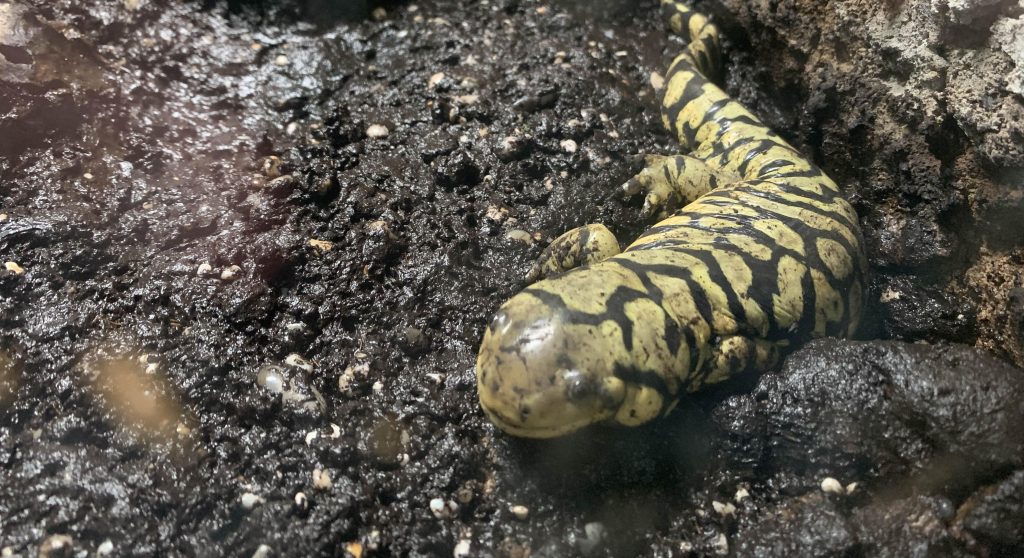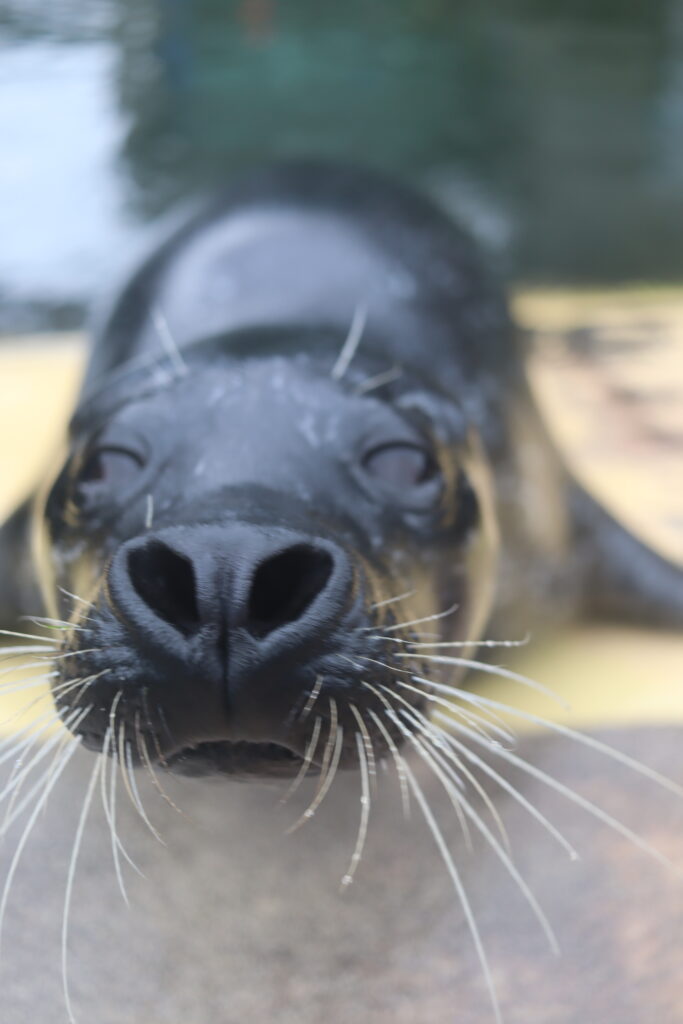The animal kingdom is incredibly diverse, and one fascinating aspect that sets animals apart is their ability to regulate body temperature. Cold-blooded and warm-blooded are terms commonly used to describe two distinct categories of animals based on how they manage their internal heat. By breaking down these terms, we can understand the different ways that environment and biology help an animal to thrive in its habitat.
What does Cold-Blooded and Warm-Blooded Mean?
Before delving into the specifics, let’s define the terms “cold-blooded” and “warm-blooded.” Cold-blooded animals, also known as ectothermic, rely on external sources, usually the sun, to regulate their body temperature. Their internal temperature mirrors that of their surroundings.
On the other hand, warm-blooded animals, or endothermic, possess the ability to internally regulate their body temperature, maintaining a relatively constant level regardless of external conditions. This is achieved through cells producing heat as they burn energy (calories).
Which Animals Are Cold-Blooded?
Cold-blooded animals encompass a wide array of species, each adapted to specific environments. Insects, reptiles, fish, and amphibians fall into this category. These creatures exhibit remarkable diversity in terms of classifications, features, and default body temperatures.
Insects, identified by their exoskeletons and six-legged structure, make up most of the cold-blooded animals in the world. Their body temperatures fluctuate with the environment, making them highly adaptable to a range of habitats.
Reptiles, such as snakes and lizards, and frogs are also cold-blooded. They rely on external heat sources, like basking in the sun, to raise their body temperature. This dependence on external warmth dictates their behaviour and activity levels. This is why you are more likely to find snakes and frogs in warm places.

Fish, including both freshwater and marine species, are another group of cold-blooded animals. Their body temperature is influenced by the surrounding water, making them adept at navigating various aquatic environments.
How do Cold-Blooded Animals Live?
Survival for cold-blooded animals involves a delicate dance with their environment. Their ability to keep warm, choice of habitat, dietary preferences, and survival tactics contribute to their unique ways of living.
Cold-blooded animals often bask in the sun or find warm surfaces to regulate their body temperature. This behaviour is crucial for maintaining metabolic functions and overall activity levels. Their habitats range from deserts, where the sun’s warmth is abundant, to tropical rainforests, where ambient temperatures support their needs, even if direct sunlight is limited.
Dietary preferences among cold-blooded animals vary. Many rely on external heat to digest their food efficiently. Snakes, for example, might seek out warm surfaces after consuming prey to aid in digestion. This dependency on environmental factors influences their feeding patterns and hunting strategies.
Survival tactics of cold-blooded animals include behavioural adaptations to cope with temperature fluctuations. Hibernation during cold seasons, aestivation during hot periods, and seeking shelter are common strategies employed to conserve energy and endure unfavourable conditions.
Which Animals Are Warm-Blooded?
In contrast to their cold-blooded counterparts, warm-blooded animals have the remarkable ability to regulate their internal temperature. Mammals and birds fall into this category, showcasing a different set of classifications, features, and default body temperatures.
Mammals, characterised by their body hair or fur and mammary glands, are warm-blooded. The ability to produce milk for their offspring is a distinctive feature of this group. From the towering elephants to the tiny shrews, mammals exhibit a wide range of sizes, shapes, and behaviours. Marine mammals, like seals, are also warm-blooded. Mammals’ internal body temperature sits between 36-40°c.
Birds, also belong to the warm-blooded category. Sustained flight requires a consistent and high metabolic rate, which is achieved by internal heat regulation. Their ability to maintain a constant body temperature allows birds to explore a variety of habitats, from the frigid Arctic to scorching deserts. A bird’s internal body temperature can be anywhere between 41°c and 43°c.

How do Warm-Blooded Animals Live?
Warm-blooded animals employ different strategies to maintain their internal temperature, influencing their choice of habitat, dietary habits, and overall survival tactics.
The ability to regulate body heat internally allows warm-blooded animals to inhabit diverse environments. Mammals, for instance, can be found in polar regions, deserts, and rainforests, adapting to the challenges each ecosystem presents. Birds, with their ability to fly, have even greater flexibility in choosing habitats.
Warm-blooded animals control their body heat through metabolic processes. This means they can sustain high energy levels for extended periods, making them active and alert. This advantage is particularly evident in the hunting and foraging behaviours of both mammals and birds. Cold-blooded animals are usually sedentary for most of the day and night because they are reliant on external forces for their metabolism.
You can check out a huge array of sea creatures and more right here at Deep Sea World, including snakes, frogs, seals and of course a great display of fish. Book your tickets today!
